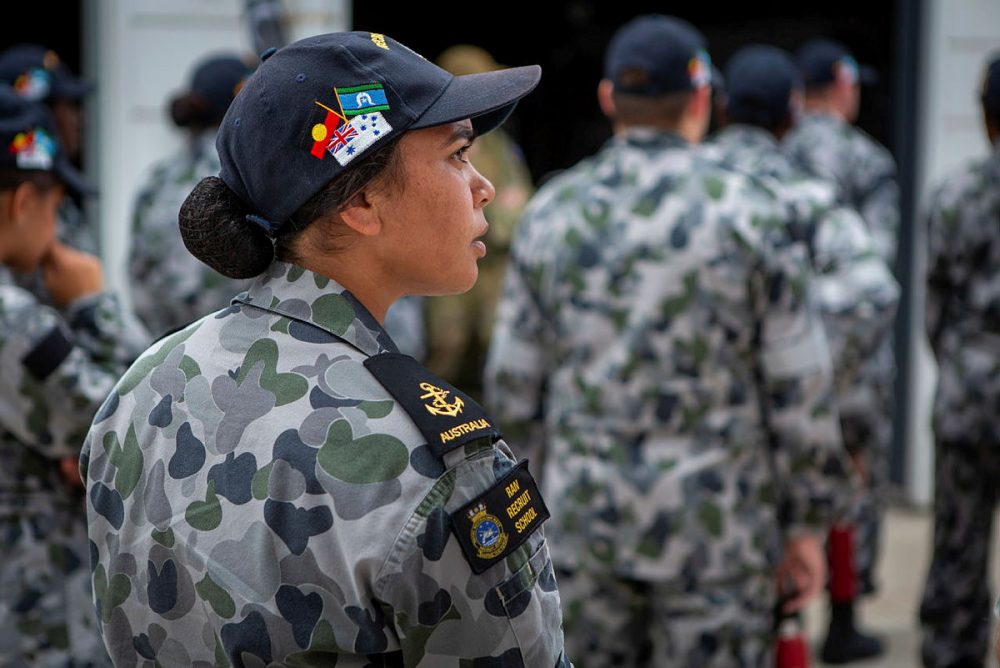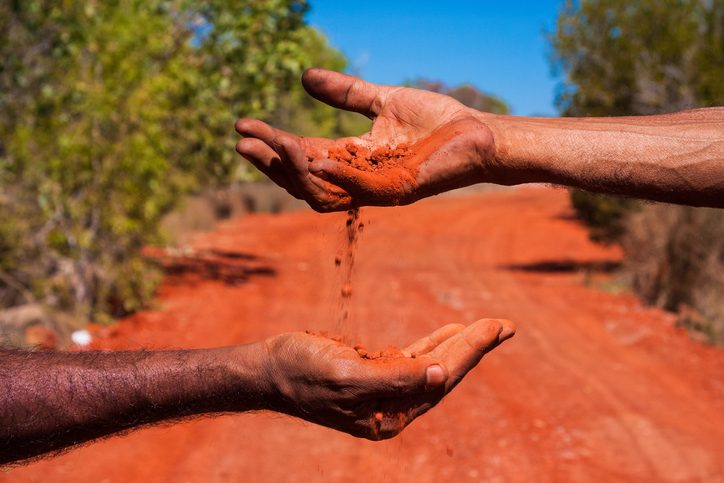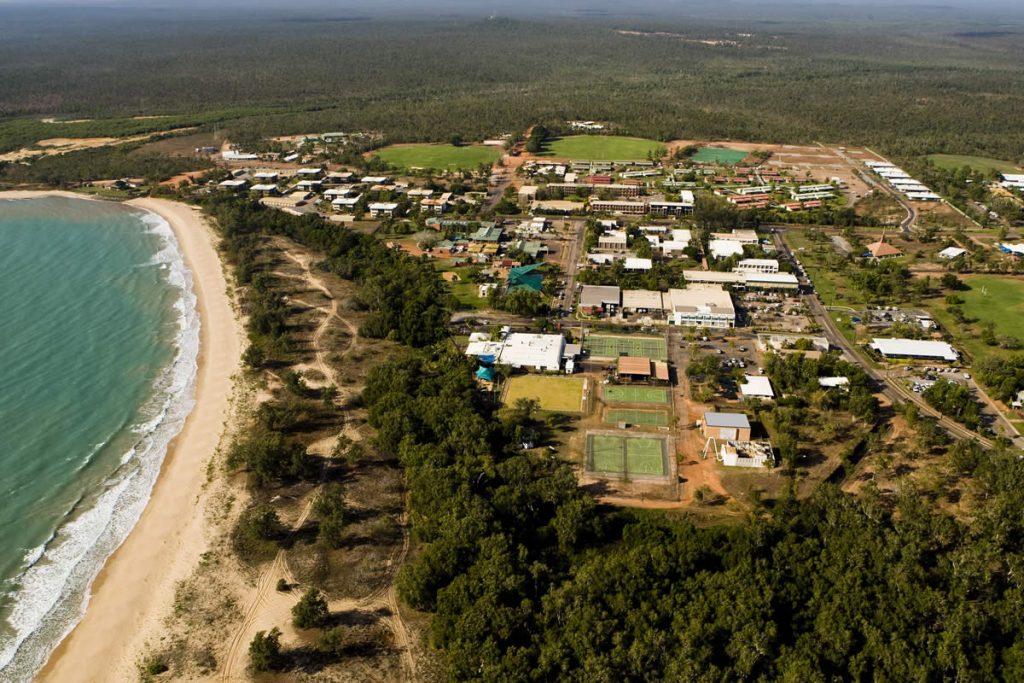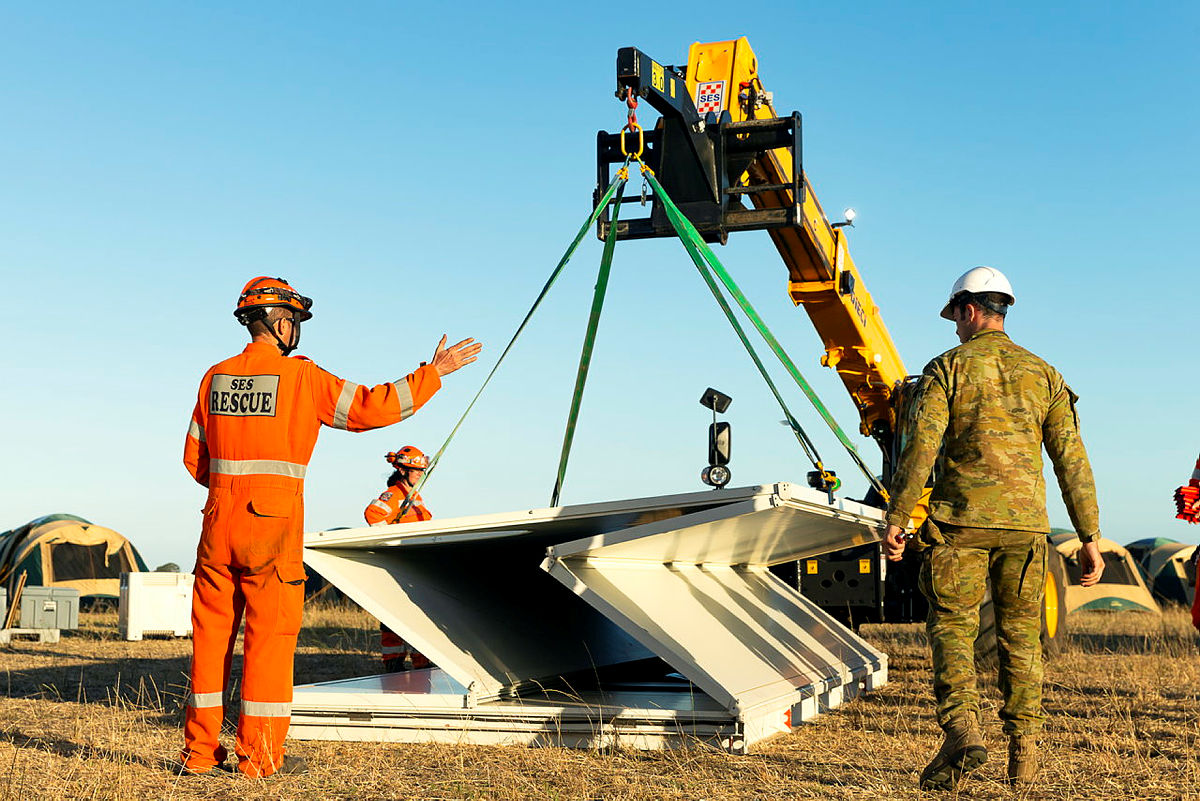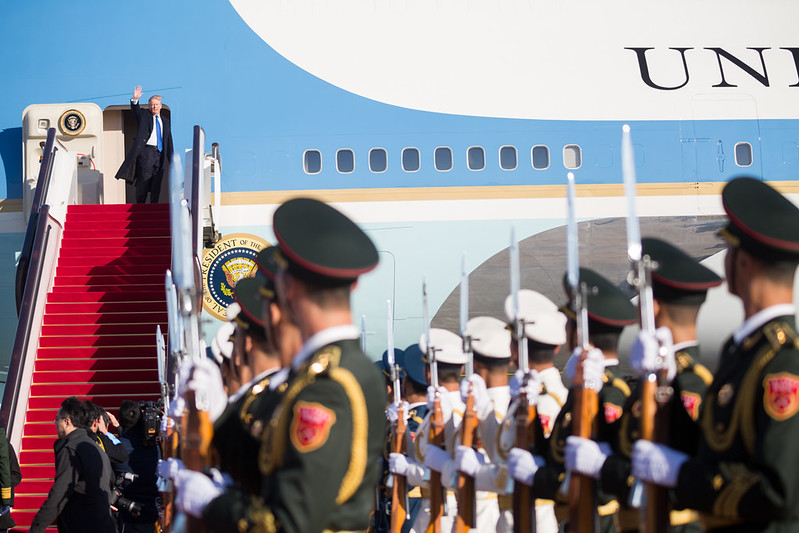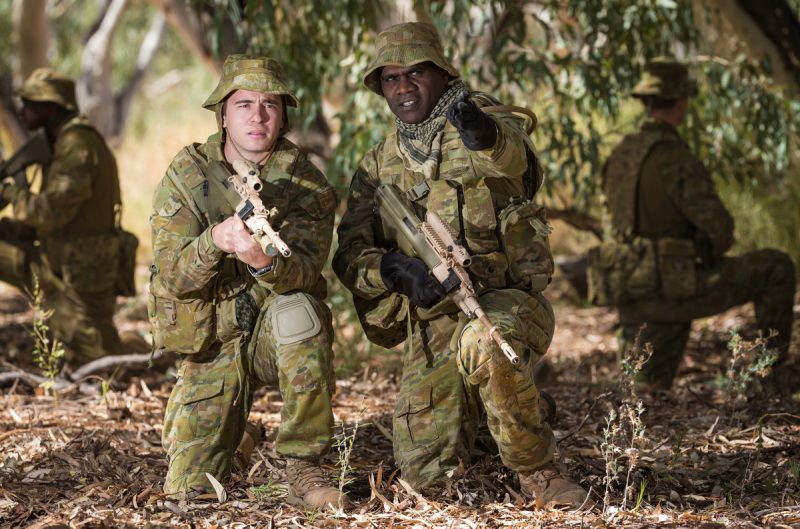How Australia can limit the downsides of critical-minerals mining

As Australia expands its critical-minerals industry, it must limit the environmental and social effects of mining and maintain high governance standards. The government should work with the private sector, non-government organisations and human rights advocates to broker standards that balance the benefits and harms of critical-minerals mining.
The urgent need to decarbonise is driving a global shift to renewable energy, the one bright spot in an otherwise dire response to our changing climate. Globally, prices of solar power, wind power and lithium-ion batteries have tumbled, and their deployment has dramatically increased. The energy transition is an opportunity for Australia to capitalise on its abundant reserves of critical-minerals needed for the production of wind turbines, solar PV panels and lithium-ion batteries.
Australia is the world’s largest producer of lithium, the third largest for cobalt and the fourth largest for rare earth elements. It has the scope to increase production at existing mines while exploring new deposits. At the same time, mining companies face various difficulties, such as riding the boom and bust cycle of the highly volatile critical-mineral markets and navigating geopolitical tensions between the United States and China. New industrial policies in the US, EU and Australia (through the Future Made in Australia Act) contribute to further increases in investment by the private sector and governments, fuelling competition in minerals processing and manufacturing.
In prioritising the mining of critical-minerals, Australia must tackle serious environmental challenges, which the UN calls a triple planetary crisis of climate change, biodiversity loss and pollution. Our drive to dig and ship critical-minerals—or even dig, process and ship them—must be tempered by the need to minimise effects on our precious water supply and biodiversity.
We must mine in a way that minimises pollution, which is a significant driver of biodiversity loss in Australia. As a result of our failure to protect fragile ecosystems and species, 19 ecosystems are already in various stages of collapse with the potential to affect food systems and drinking water in major cities. Facilitating the clean energy transition is important, but minimising its harmful side effects is an imperative.
We must also remember that Australia’s high environmental and social standards are among its competitive advantages; it must update them. Scholars have identified that Australia has not advanced its environmental, social and governance (ESG) standards as it has upgraded the nickel industry, at least.
If Australia wants to protect the planet and habitat, states may have to pay higher costs for mining that is ethical and more environmental. It is a confounding problem: if higher costs cuts profits, they may undermine the shift to renewables, which will in turn contribute to climatic instability and threaten our way of life.
Australia should also be aware of no-go zones where mining should not occur, an issue that we examine at the Sydney Environment Institute. An example is deep-sea mining, a new frontier for mining operations that could have quite harmful environmental impacts. It’s also questionable whether mining should occur in areas of prime agricultural land in Australia, given that farming is already under threat from climate change. This highlights the trade-offs between the importance of critical-minerals mining for national energy supply and the need to protect environmental and food security.
Social effects of critical-minerals mining can be limited by developing better relations with First Nations people, as more than half of critical-minerals projects are on lands where the traditional owners have a right to negotiate. The operational social licence of critical-mineral miners could be substantially improved through collaboration with regional communities and mutually beneficial economic opportunities, contributing to renewable energy production that could drastically reduce energy poverty in remote areas.
Australia should also develop new mining methods that limit environmental effects. The Future Made in Australia Act focuses not just on encouraging private investment in critical-minerals mining, but also on research and development in new technologies, including AI. These will reduce costs, increase efficiency and limit environmental harms, particularly those related to water use and hazardous waste.
Tensions and trade-offs in the critical-minerals mining industry mean that decisions about where, what and how to mine cannot be made only in Perth and Canberra, let alone in Washington DC or in the capitals of any of our other partners. The glaring absence of multilateral mining regulations demonstrates the problem of import markets such as the US and the EU wanting critical-minerals for renewables cheaply and urgently, while also wanting improved ESG outcomes.
So while national governments focus on improving access, governance standards can be improved by engaging all three points of the governance triangle: the state, the private sector (investors, mining companies, up-stream and down-stream companies) and civil society, including environmental non-government organisations and human rights advocates. Increasingly, all three are needed in brokering acceptable standards that balance the trade-offs between the benefits of mining minerals for renewables and the harms it causes.

